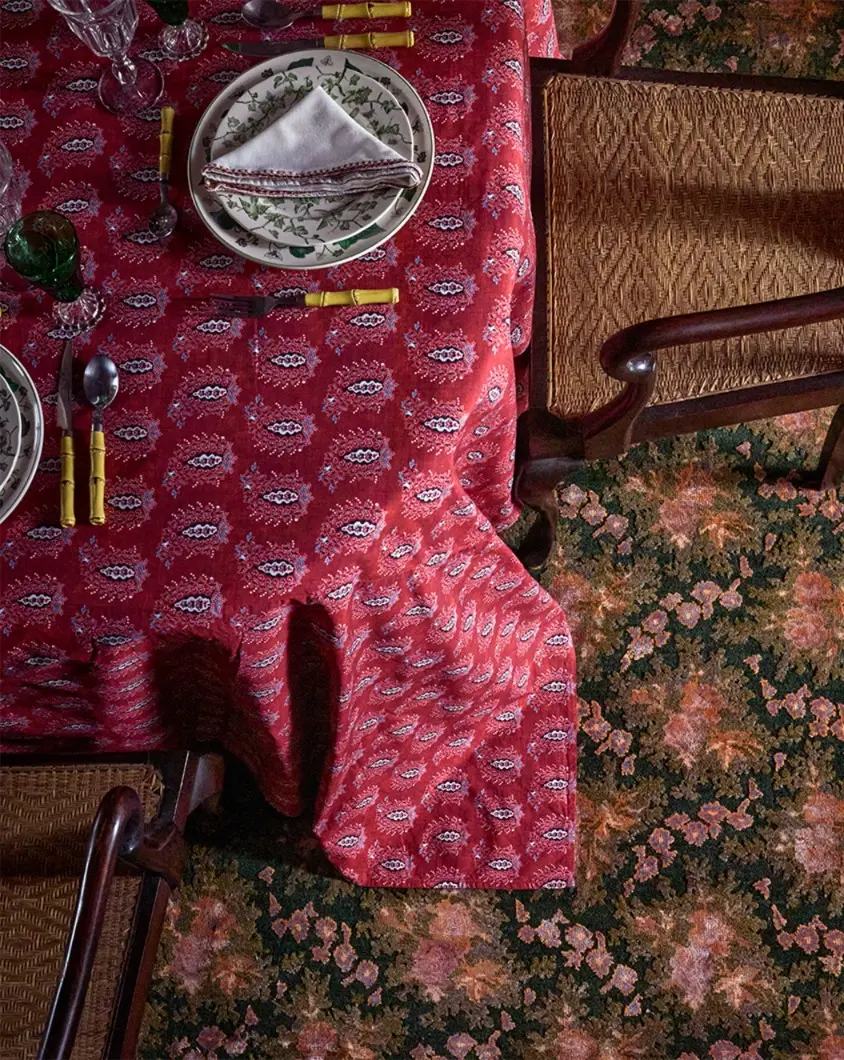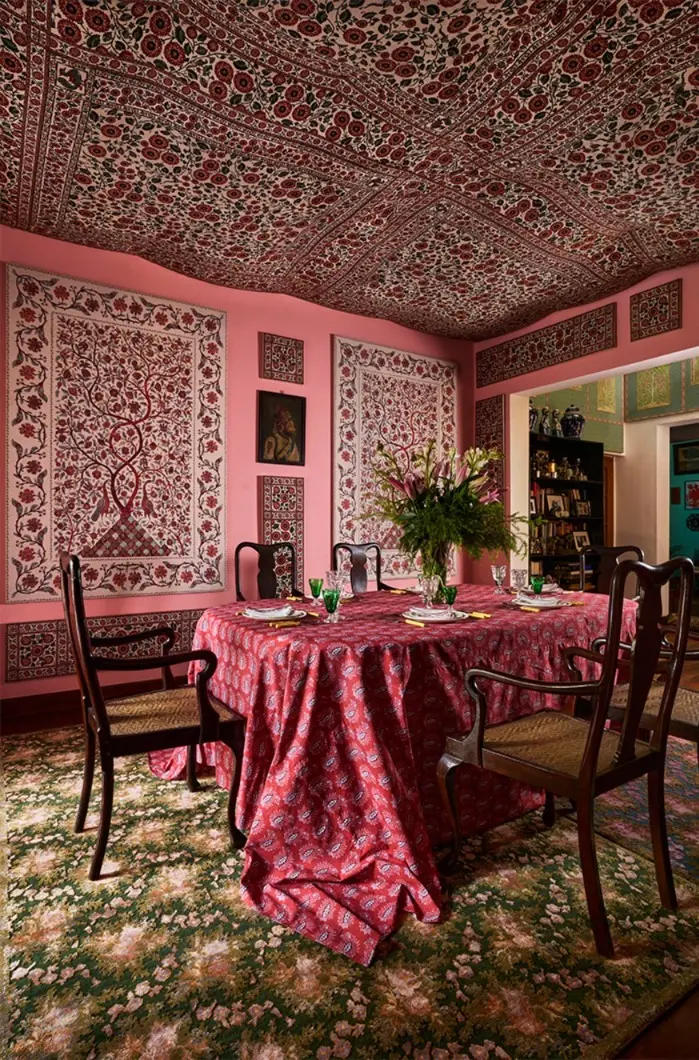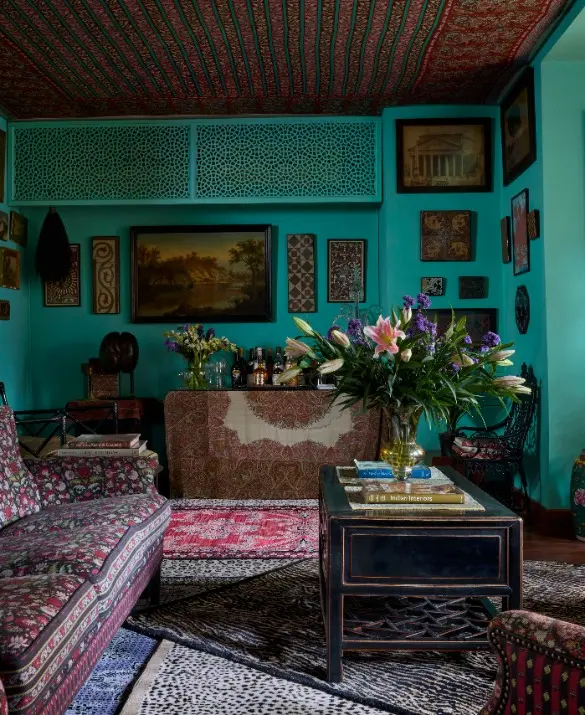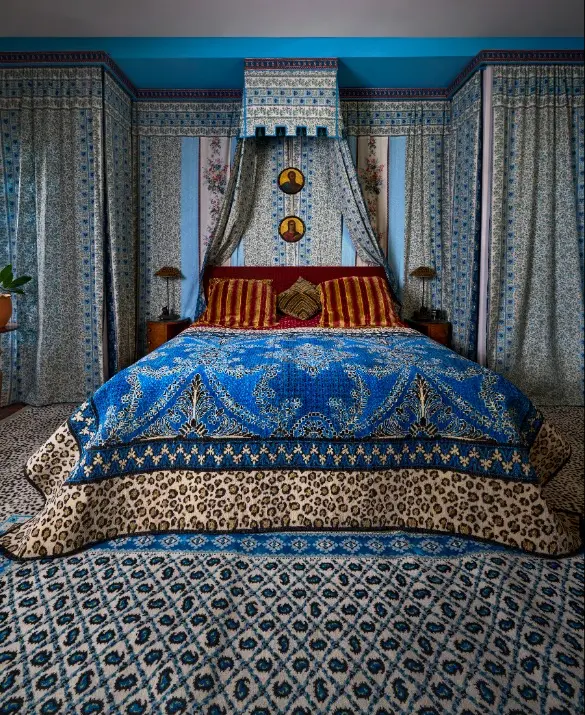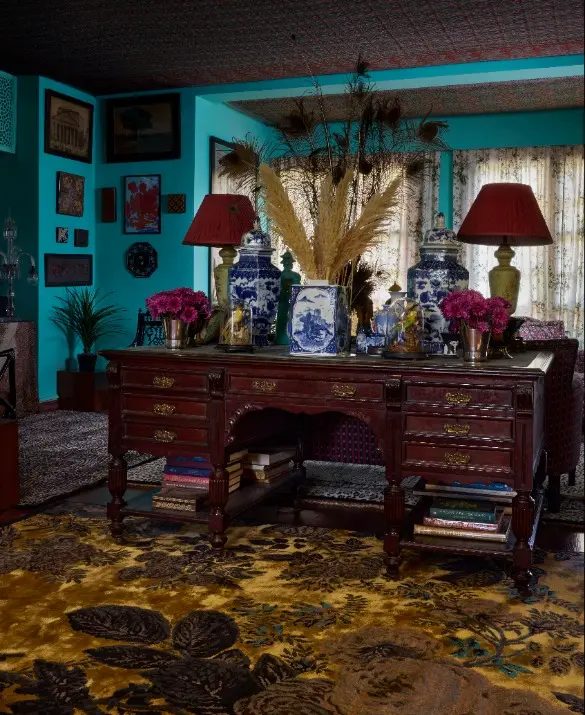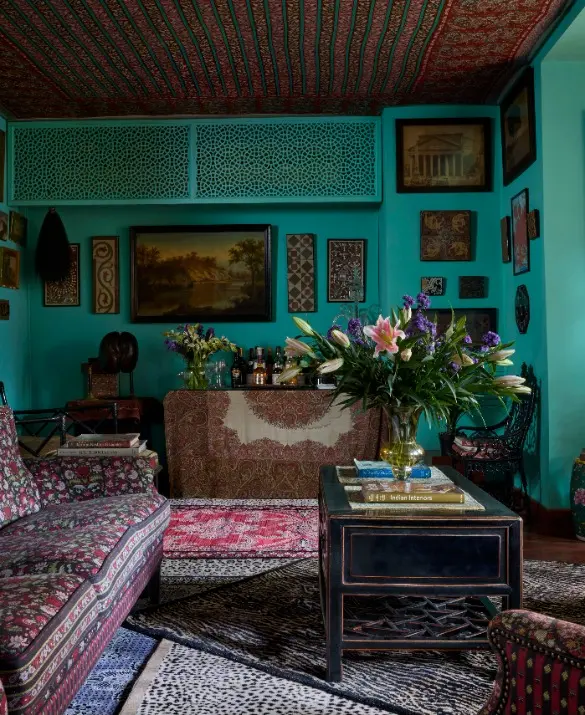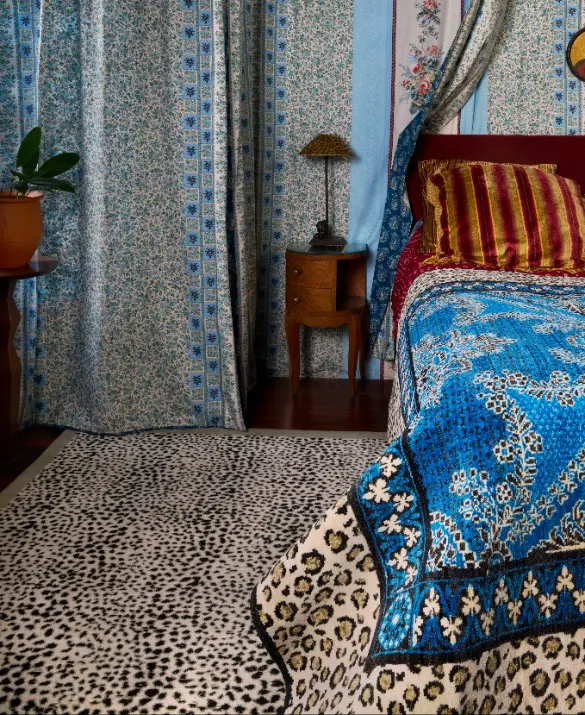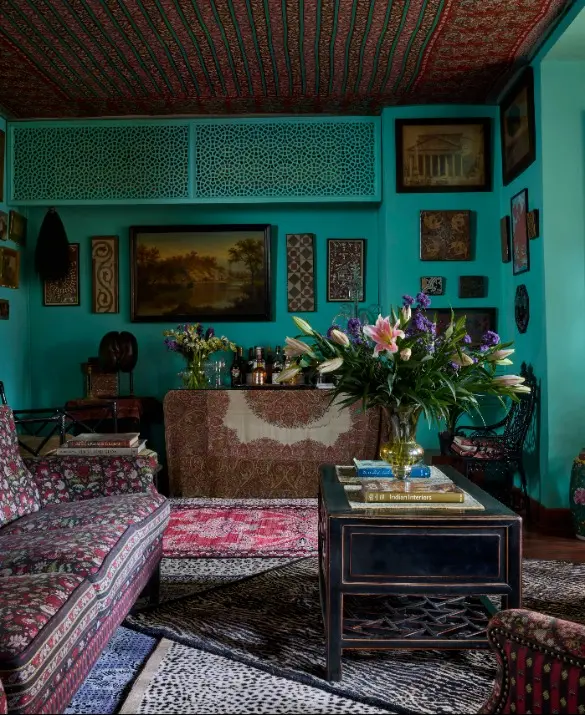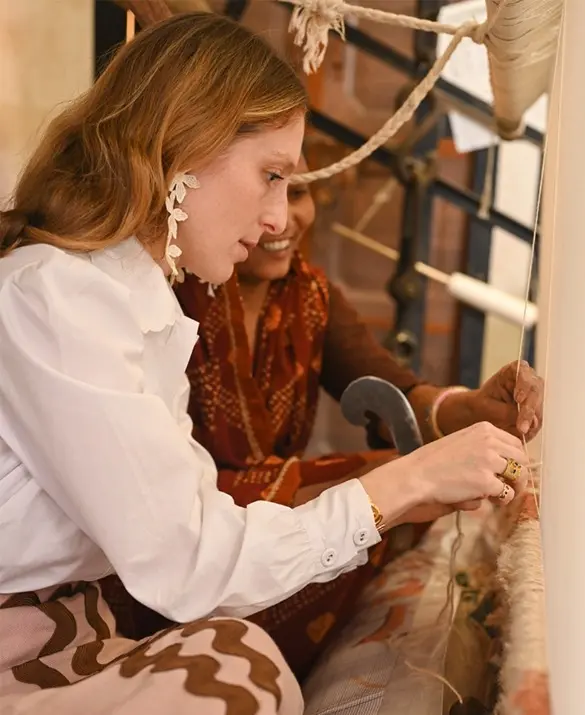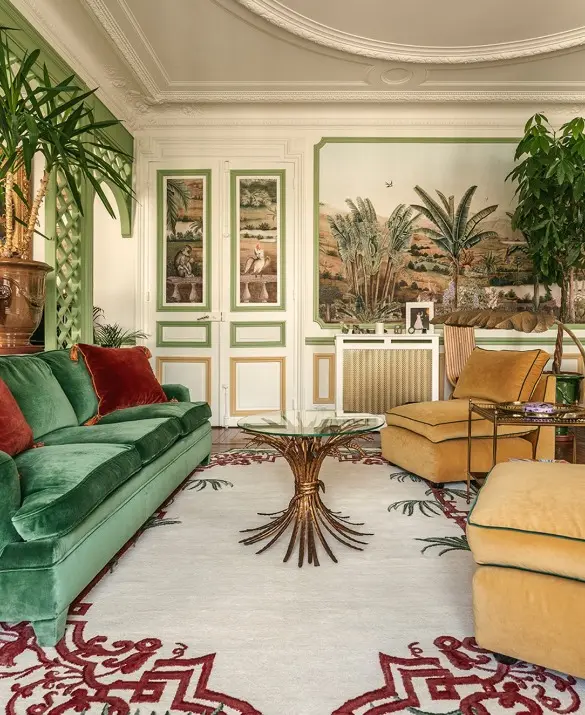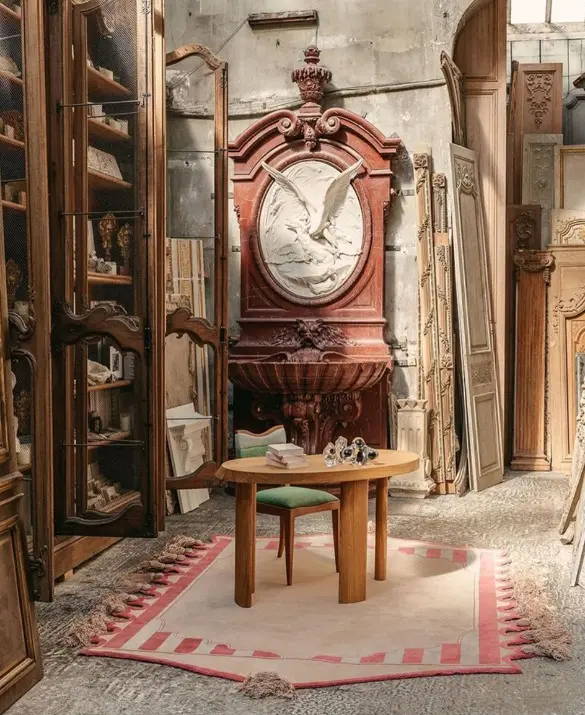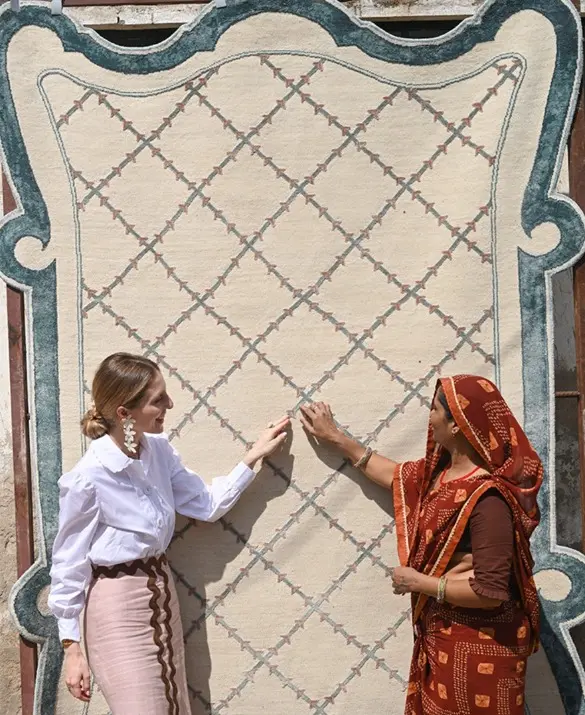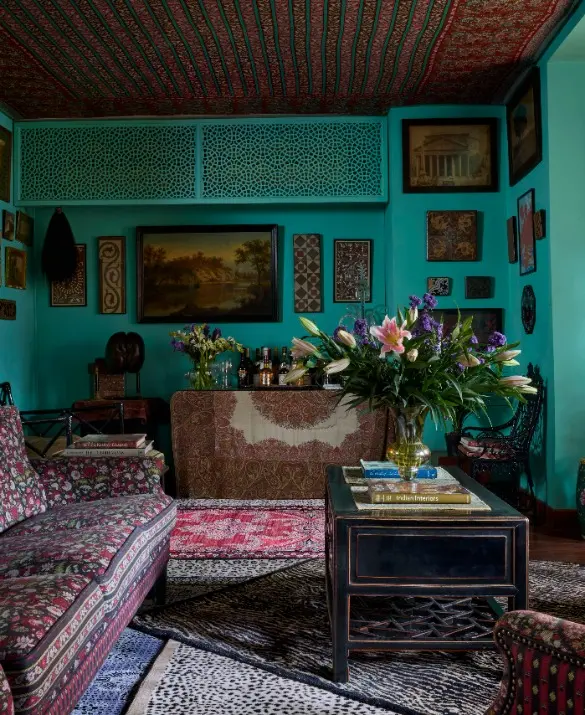Jaipur Rugs
INTRODUCES
Eugenie
Collection: The Gilded Age
Category: Accessories
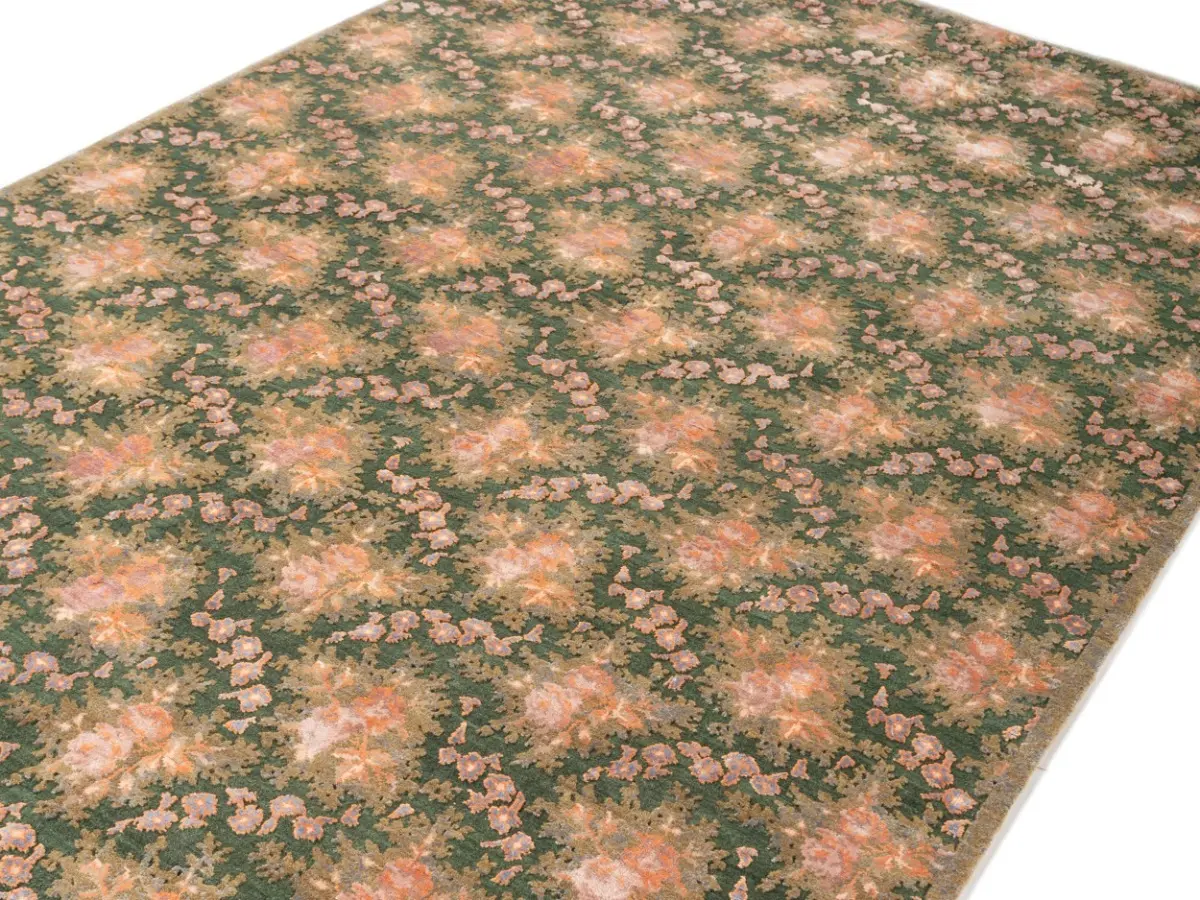
JAIPUR RUGS - Eugenie
The Gilded Age Collection honors Madeleine Castaing and Peter D’Ascoli’s global trek, merging 19th-century charm with modern design. Hand-knotted rugs show chintz florals, wild motifs & neoclassical details!!

Product description
The era of Emperor Napoleon III of France or also known as the Second Empire Period in France was much popular for the exuberant floral patterns. The style of this era greatly influenced the architecture and the decoration in Europe as well as North America. The collection is named Eugenie as a dedication to the wife of Emperor Napoleon III of France and the rugs typify the exuberant floral patterns of that era. The complexity of the design is amplified by the sculpted effect of the carved pile through a process known as “Gultarash” which means finding the flower. This process allows the design of the carpet to get high-definition quality while also highlighting its beauty.

Product name
Eugenie
Designer
PETER D’ASCOLI
Materials
Wool
Dimensions
6x9 FT / 180x270 CM / 72x108 INCHES / 1.82x2.74 METERS
Production process
Hand-Knotted
Hand-knotting found its way into Indian heritage from Persia, giving it its name, Persian Hand-knotting. It’s uniqueness in art is through its style of printing; knot by knot and line by line, paying attention to each intricate detail. It’s a process taking a minimum of 2 months, ranging up to almost a year depending on the quality and size of carpet being woven.
Differentiating each knot was originally done by memory, where weavers would sing out the colors of the line of knots called Boli weaving. This later evolved to the use of design maps, which helped accommodate a rapidly changing design palate. Artisans place the design map at the base of the loom and use each pixel in a chart as a reference to a knot. Artisans with Jaipur Rugs are also a part of a unique sustainable initiative called Manchaha, where they get to design their own rugs at the loom.
Hand-knotting found its way into Indian heritage from Persia, giving it its name, Persian Hand-knotting. It’s uniqueness in art is through its style of printing; knot by knot and line by line, paying attention to each intricate detail. It’s a process taking a minimum of 2 months, ranging up to almost a year depending on the quality and size of carpet being woven.
Differentiating each knot was originally done by memory, where weavers would sing out the colors of the line of knots called Boli weaving. This later evolved to the use of design maps, which helped accommodate a rapidly changing design palate. Artisans place the design map at the base of the loom and use each pixel in a chart as a reference to a knot. Artisans with Jaipur Rugs are also a part of a unique sustainable initiative called Manchaha, where they get to design their own rugs at the loom.
Year
2025





